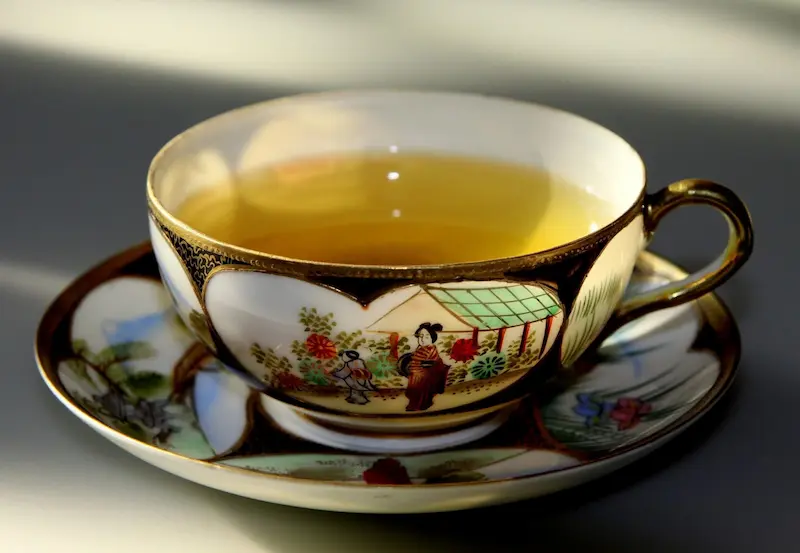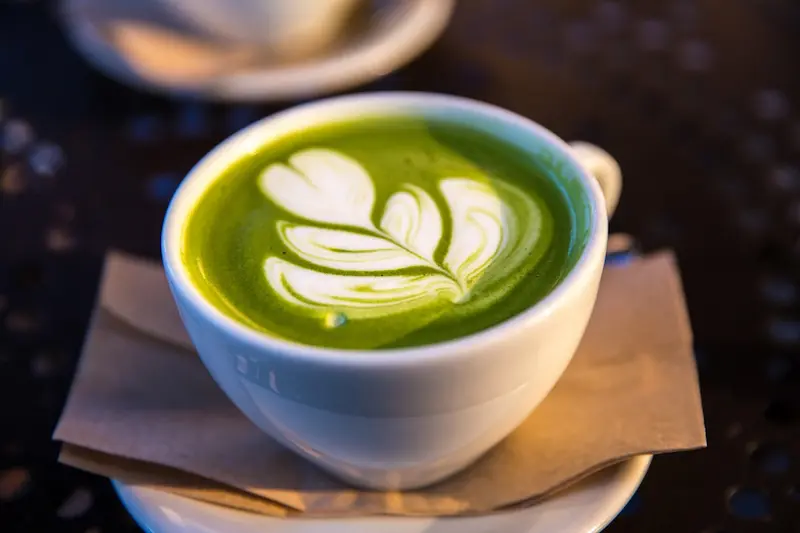Table of Contents
Brewing a perfect cup of Japanese green tea is a delightful ritual that combines tradition, precision, and mindfulness. Celebrated for its distinct flavor and health benefits, Japanese green tea holds a revered place in the world of beverage enthusiasts.
From matcha to sencha, each type of green tea offers its own unique taste profile and brewing requirements. Whether you’re a seasoned tea aficionado or a curious newcomer, mastering the art of preparing this beverage can elevate your appreciation and enjoyment of its subtle complexities. Join us on a journey to uncover the secrets behind crafting an exquisite cup of Japanese green tea that both soothes the soul and invigorates the senses.
Choose Quality Tea
Selecting high-quality tea leaves is a crucial first step in brewing an exceptional cup of Japanese green tea. Look for vibrant green leaves that exude a fresh, grassy aroma, indicative of superior quality and freshness. Prioritize sourcing your tea from reputable suppliers who offer organically grown products so that the leaves are free from pesticides and synthetic additives. Some online suppliers like Nio Teas offer premium Japanese green tea that is carefully cultivated, harvested, and packaged to maintain its authentic taste and health benefits. Even familiarity with the different types of Japanese green tea can help you make an informed decision on which variety to purchase.
Use the Right Water Temperature
Water temperature is a critical factor in brewing Japanese green tea. Too hot, and it can burn the delicate leaves, leading to a bitter taste. Too cool, and it may fail to extract the full range of flavors and nutrients. Generally, the ideal temperature for most Japanese green teas, such as Sencha, is around 160°F to 175°F (70°C to 80°C). For more delicate teas like Gyokuro, a lower temperature of 140°F to 158°F (60°C to 70°C) is advisable. Using a thermometer to check the water temperature ensures precision, but if unavailable, allow boiled water to cool for a few minutes before pouring over the tea leaves to achieve the optimal temperature.
Measure the Tea Properly
Measuring the tea properly is essential to achieve the perfect balance of flavor and aroma. The general guideline for loose-leaf Japanese green tea is to use about one teaspoon (approximately 2 grams) of tea leaves per cup (about 8 ounces) of water.
Depending on personal taste preferences and the specific type of tea, this amount can be adjusted. For a stronger brew, increase the quantity of tea leaves, and for a milder flavor, decrease it slightly. Accurate measurement helps ensure consistency in every cup, allowing you to fine-tune your brewing process to perfectly suit your palate. After measuring, place the tea leaves into a teapot or infuser geared towards green tea, ensuring even distribution for optimal flavor extraction.
Mind the Steeping Time
Steeping time greatly influences the taste and quality of Japanese green tea. Over-steeping can result in a bitter or overly astringent flavor while under-steeping may lead to a weak and unsatisfactory cup. For most Japanese green teas like Sencha, aim for a steeping time of about 30 seconds to 1 minute. Gyokuro, being more delicate, often requires a longer steeping time, around 2 to 3 minutes, to fully develop its rich umami flavors.
Monitor the time carefully and consider using a timer to achieve consistency. Once the steeping time is complete, promptly pour the tea into your cup or pot to prevent over-extraction, leaving behind an invigoratingly fresh and balanced beverage.
Use Fresh Water
Using fresh water aims to capture the essence of Japanese green tea. Stale or repeatedly boiled water can dull the flavor and reduce the tea’s aroma as it tends to contain less dissolved oxygen. First, use filtered or spring water to ensure the most pristine taste. It’s also advisable to avoid tap water, which may introduce unwanted minerals or chemical residues that alter the flavor profile of the tea.
When your tea is brewed, savor it immediately to enjoy its full range of flavors and nuances. Pair your perfect cup with a moment of calm, allowing the tea’s soothing properties to enhance your tranquility and appreciation for this cherished tradition.
Experiment with Different Techniques

While there are general guidelines for brewing Japanese green tea, don’t be afraid to experiment with different techniques to find what works best for you. Some may prefer a stronger brew by increasing the steeping time or adding more tea leaves, whereas others may prefer a lighter and more delicate cup by decreasing these factors. You can also try using different water temperatures or even topping your tea with a sprinkle of matcha powder for added depth and flavor.
For a more traditional experience, consider using a Kyusu (a Japanese teapot specifically designed for green tea) or a Chawan (ceramic tea bowl) for the brewing and serving of your Japanese green tea.
Brewing the perfect cup of Japanese green tea is both an art and a science, inviting you to slow down and connect with tradition while honing your senses to appreciate its intricate flavors. By selecting quality tea leaves, using the proper water temperature, and carefully measuring and steeping, you can craft a cup that encapsulates the essence of this revered beverage. Each cup is a testament to nature’s delicacy and the timeless appeal of Japanese green tea.
Want to explore something different? Why Regular Home Inspections Are Crucial for Your Family’s Wellbeing

